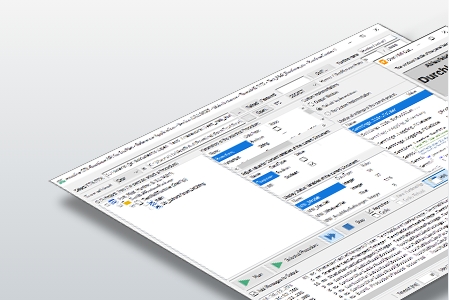Project name
KIsSME
KIsSME project at a glance: https://www.kissme-projekt.de/
The project “künstliche Intelligenz zur selektiven echtzeitnahen Aufnahme von Szenarien- und Manöverdaten bei der Erprobung hochautomatisierter Fahrzeuge” (KIsSME) aims to evaluate driving situations using algorithms and AI, and to compare the results. Its main purpose is to reduce the large amounts of data generated during the drive to save storage space, power, and processing efforts. The project involves collaborative work among several partner companies, with each focusing on different aspects in collaboration with one another.
The R&D team of RA Consulting has been working on the development of interfaces for evaluating driving situations in vehicles during operation as part of this project, which was funded by the “Bundesministerium für Wirtschaft und Klimaschutz” (BMWi) from 2021 to 2023.















